Unpacking the Pros, Cons, and Challenges of Converting Commercial Real Estate to Residential Amid Rising Interest Rates in Western Sydney
As the proverbial saying goes, 'Change is the only constant', and the vibrant real estate landscape of Western Sydney is no exception. One particular shift that has been gaining traction is the conversion of commercial spaces into residential properties. This trend is presenting a unique opportunity for savvy investors, especially against the backdrop of escalating interest rates.
Before we delve into the nitty-gritty of commercial-to-residential conversion, it's crucial to appreciate what it involves. This process transforms a commercial property — think offices, warehouses, or retail spaces — into residential units like apartments or flats. It's a practice that's gaining ground in bustling cities worldwide, with Sydney being a notable hot spot.
The Upsides of Conversion
At the forefront, commercial-to-residential conversion presents a tantalising prospect for significant returns on investment. Given Sydney's buoyant residential market, reimagined commercial spaces in sought-after locations can fetch a pretty penny.
Additionally, the growing allure of urban living among millennials and young professionals underpins the demand for centralised residential accommodation. By turning commercial properties, particularly those located in the heart of Western Sydney, into residential spaces, investors can tap into this burgeoning market.
Moreover, the rise in remote work trends and e-commerce popularity has left many commercial spaces underutilised. Instead of letting these prime assets gather dust, converting them into residential spaces can breathe new life into them, while also offering a steady income stream.
The Flip Side of the Coin
As attractive as this prospect might be, the journey isn't without its roadblocks. To start with, conversion costs can be a sticking point. The transformation often necessitates extensive structural modifications to make the space liveable and compliant with residential building codes.
The process can also be time-intensive. It involves jumping through numerous hoops, from securing planning permissions to navigating potential bureaucratic hurdles and ensuring a smooth construction process.
Moreover, the property market, much like any investment arena, is susceptible to fluctuations. Amid rising interest rates, the pool of potential buyers or tenants may shrink, potentially impacting the expected return on investment.
Facing the Challenges Head-on
Zoning restrictions present a notable challenge. Sydney's complex zoning laws mean not all commercial properties can be legally converted into residential spaces. This hurdle might require a rezoning application, which can be a drawn-out and uncertain process.
Structural issues can also throw a spanner in the works. Commercial buildings are typically designed with different priorities in mind compared to residential ones. Overcoming challenges related to natural light, ceiling heights, or ventilation systems might necessitate innovative solutions and extra costs.
Lastly, securing financing for such projects can be a tough nut to crack. Lenders often view conversions as higher risk compared to traditional residential purchases, potentially leading to higher interest rates or larger deposit requirements.
The Silver Lining Amid Rising Interest Rates
Despite these challenges, the current rise in interest rates in Sydney isn't all doom and gloom. Yes, higher interest rates increase the cost of borrowing, potentially dissuading some potential buyers or investors. However, for those with an eye for opportunity, this climate presents a unique advantage.
With the potential increase in rental demand due to higher interest rates, converting commercial properties into residential units could offer a steady stream of rental income. Plus, the long-term capital gains from property appreciation can offset the impact of higher interest rates.
Concluding Thoughts
The conversion of commercial real estate to residential properties in Western Sydney is an exciting prospect, offering an opportunity for significant returns on investment. However, like any substantial venture, it comes with its set of challenges.
Given the evolving nature of the property market, particularly amidst rising interest rates, it's crucial to approach such projects with due diligence. Whether you're an owner-builder or a seasoned investor, thorough market research, in-depth financial analysis, and sound professional advice are your best allies in navigating this potential-laden journey successfully.


